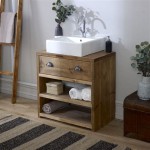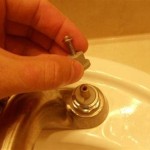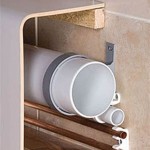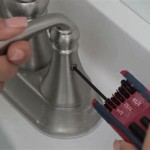Can You Paint Over Mildew in the Bathroom?
Mildew is a common problem in bathrooms due to the high humidity levels. It can appear as a fuzzy, black, or gray growth on surfaces like walls, ceilings, and grout. While it may be tempting to simply paint over mildew to hide it, this is not always the best solution. Painting over mildew without proper preparation can result in a short-lived fix and potentially worsen the problem.
Understanding Mildew and Why Painting Over It Might Not Be the Best Idea
Mildew is a type of fungus that thrives in damp, dark environments. It feeds on organic materials like dust, dirt, and even some building materials. When mildew is not addressed effectively, it can spread and damage surfaces. Simply painting over mildew traps it beneath the paint, creating a breeding ground for further growth. The spores can also become airborne, leading to respiratory problems for those in the home.
There are a few reasons why painting over mildew is not recommended as a long-term solution:
- Mildew growth will continue and spread under the paint: The spores are not eliminated by painting over them. They are simply trapped, and the humid environment will encourage them to continue growing.
- The paint might not adhere properly: The presence of mildew can affect the paint's adhesion, leading to peeling, flaking, and a less durable finish.
- The mildew can reappear through the paint: Even if the paint seems to cover the mildew initially, it can resurface over time, as the spores continue to reproduce beneath the surface.
Proper Steps to Remove Mildew Before Painting
To address mildew effectively, it's crucial to remove it before applying any paint. This process, known as prepping the surface, involves several steps:
- Clean the Affected Area: Use a mildew-killing cleaner and scrub the affected area thoroughly. You may need to use a stiff-bristled brush for textured surfaces.
- Rinse Thoroughly: Rinse the area with clean water to ensure all traces of the cleaner and dead mildew are removed.
- Allow to Dry Completely: Ensure the surface is fully dry before proceeding to the next step. This is crucial to prevent moisture from trapping mildew under the paint.
- Apply a Mildew-Resistant Primer: A mildew-resistant primer is essential to create a barrier between the surface and the paint, preventing mildew growth and promoting paint adhesion.
Choosing the Right Paint for Bathroom Surfaces
Once the surface is prepped, choosing the right paint is important. Consider these factors when selecting bathroom paint:
- Mildew-Resistant Formula: Look for paint specifically designed for bathrooms and other high-humidity areas. These paints often contain additives that inhibit mildew growth.
- Moisture-Resistant Features: Certain paints offer moisture-resistant properties, such as acrylic latex formulas, which are known for their durability and resistance to moisture damage.
- Semi-Gloss or Gloss Finish: These finishes are more moisture-resistant and easier to clean than matte finishes.
Painting over mildew without proper preparation can lead to a short-lived fix and potentially worsen the problem. By effectively removing mildew and using the right paint, you can create a durable and mildew-resistant finish for your bathroom.

Can You Paint Over Mold In The Bathroom Decor Snob

How Do I Handle Mildew And Mold Before Repainting A Bathroom Burnett Painting Venice Fl

How And When To Paint Over Mouldy Walls Inexpensive Way Kill Mould Express Co

Can You Paint Over Mold Rainbow Restoration

How To Remove Mould Before Painting Bella Bathrooms Blog

Can I Paint Over Mold What Should You Take Care And Understand

Can I Paint Over Wall With Mold Painting Services Singapore

My Incompetent Tenants Painted Over Mould Guide To Treating

Can You Or Should Paint Over Mold Mildew

Does Painting Over Mold Stop Its Growth The House Blog
Related Posts







